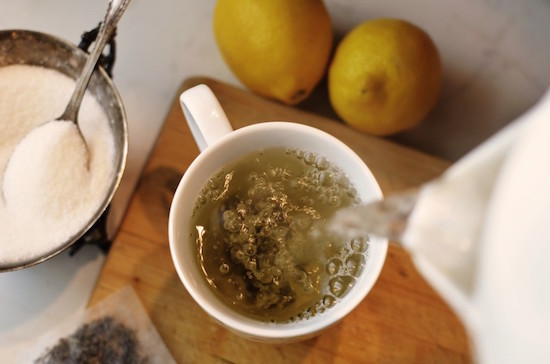
Tea is something that has been around for centuries, and has many cultural ties. However, it also has quite a bit of science behind it and can be a great focused lesson for your kids! So, set up a little tea party with your kids, and turn in into a science and history lesson with these fun facts!
The history of tea
According to legend, tea was created in 2737 BC in China when a Chinese emperor drank boiled water that some leaves had blown into. It eventually became the national drink of china, and was also introduced to Japan. This led to the creation of tea ceremonies, and this part of the history of tea is still a big part of Asian culture.
Tea in different cultures
The tea spot has a detailed page that will help you and your children understand the history of tea. Tea is not only prominent in Chinese and Japanese cultures, but plays a part in cultures all over the world. The UK was introduced to tea by China, and they developed a part of the day specifically dedicated to drinking black tea: afternoon tea. The British in turn introduced India to tea, where they began to enjoy Chai, which is black tea full of spices, milk, and sugar. Russia also brought tea from China, and drink mostly black tea, sweetened with sugar, fruits, or jam.
Moving on from the history of tea: the science behind its different types
There are many different types of tea that you and your children may have heard of, but what makes them different besides their names? Chinalife tea house has a good video on this, but we will summarize here:
The main thing that differs between teas is how much oxidation they have been exposed to. White tea is the least processed- it is simply laid out in the sun to dry and is only oxidized 5-10%. Meanwhile, green tea is slightly more processed, but not oxidized at all. It is laid out in the sun to dry, then pan-baked to deactivate the enzyme in the leaf. Oolong tea is slightly oxidized, as the leaf is bruised a little before it is fried to stop the oxidization. Black tea (or red tea in China) is fully oxidized, since the leaf is rolled and bruised to make a stronger tea. Finally, there are scented teas, which take one of the main types of tea and infuse it with the scent of a flower, like Jasmine.
Now that you know the differences of these main kinds of teas, get your hands on some of each type and see if your kids can tell the differences! Have them make observations on the different flavours, aromas, and colours of the teas.
How to make tea like a science pro
British scientists did an experiment to find out how to make the perfect cup of black tea, and found that the ideal brew time was two minutes. Then, adding 10 ml of milk and waiting six minutes before drinking it will bring it to the perfect temperature for sipping and enjoying the flavour. Teasource.com gives ideal brewing temperatures for other types of tea. For white teas, they suggest brewing when the water has a “very light steam,” while oolong tea should be steaming rapidly with little bubbles, and green tea should have a gentle steam with no bubbles.
These are just guidelines though, to make sure your tea doesn’t become bitter. Run your own experiment with your kids to figure out the best way to brew whatever tea you have on hand! See if you can use thermometers to gauge the temperatures you like best, and whether they change the flavour at all.
There is such a rich history of tea and a fascinating science behind it; this is just the beginning. However, this is also a good start and a simple, fun lesson for your kids. Enjoy your tea time!




